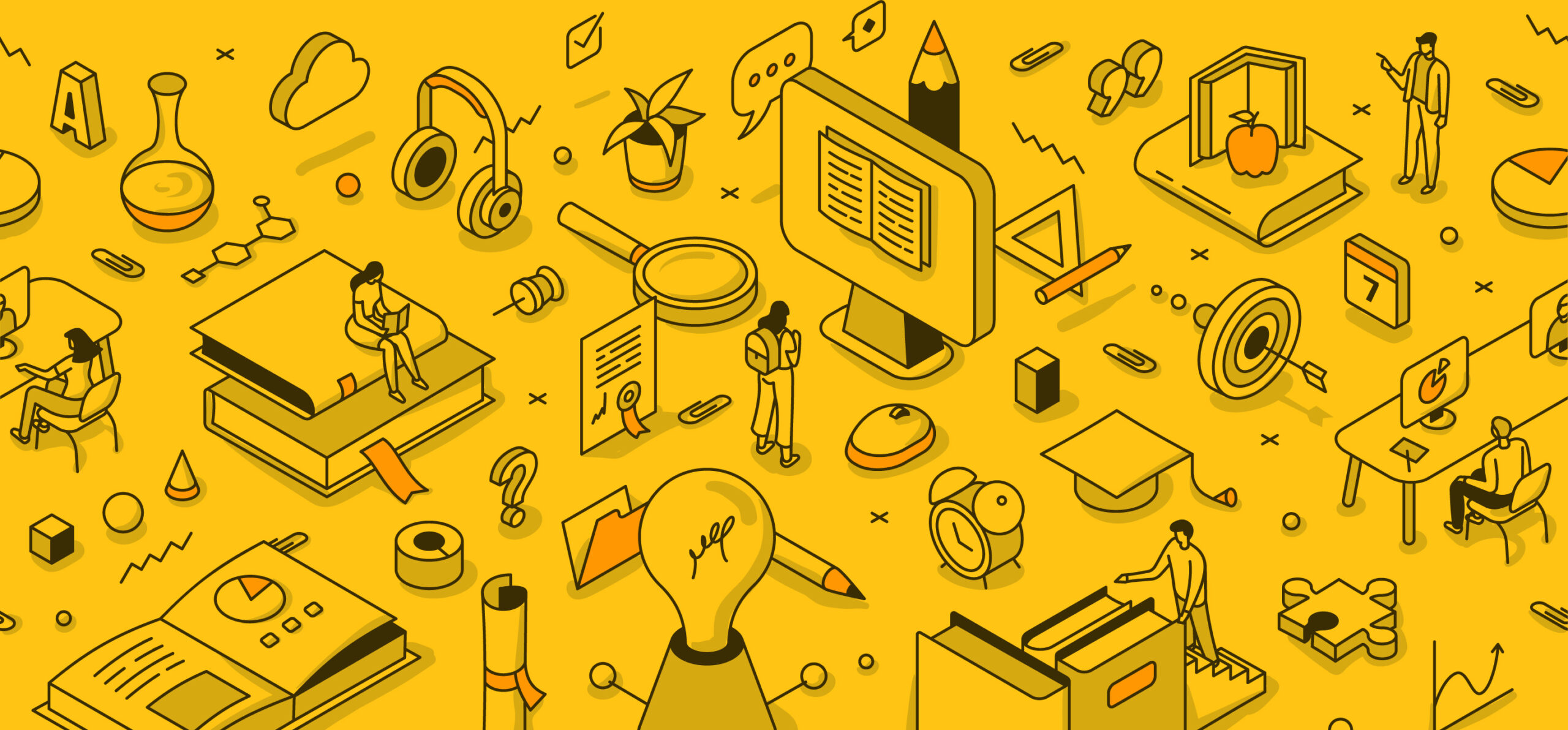Conversa com Franco Pontillo,
Manager da Domo Invest
- Autor do post Por Michell Lucino
- Data de publicação junho 7, 2022
-
Nenhum comentário em Conversa com Franco Pontillo,
Manager da Domo Invest
Conversa com Franco Pontillo,
Manager da Domo Invest

Esse é um resumo dos insights tirados da palestra com o Franco Pontillo, General Partner da Domo Invest.
O bate papo com o Franco começou, na verdade, com as empresas do MI5 se apresentando para ele. Logo no início, ele deu um insight interessante no que diz respeito a novos mercados e produtos sem muitos concorrentes prévios: existe o Last Mover Advantage, a vantagem de não ser o primeiro em um mercado – ou seja, a vantagem de não ter que ralar para educar o mercado e descobrir principais canais de aquisição de clientes, por exemplo. Isso não é uma regra para todos, mas podemos citar um exemplo real dessa Last Mover Advantage, que é o caso da Captable com um dos seus fundadores, Guilherme Enck, que esteve em uma das palestras do Hub de Conhecimento e comentou que hoje é a maior empresa do segmento em um tempo muito menor que os players mais antigos, porque “eles comeram muito mato e educaram o cliente”, enquanto a Captable entrou já com uma parceria super importante com a Startse e se aproveitou dessas descobertas dos concorrentes mais antigos.
Franco também deixou explícito como o mercado de VC pensa: a empresa precisa estar em um mercado grande, com um time incrível, ter uma “barreira competitiva de entrada” e precisa pensar em um exit nos próximos anos – e existem projetos que nem sempre têm fit com VC e não tem problema. Ao falar sobre o time, Franco também disse que a experiência dos empreendedores é muito importante – mas isso não significa que empreendedores “sem Harvard no currículo” não se darão bem. Experiência pode vir da família e da vida, o empreendedor precisa saber vender e não pode transparecer o medo – precisa agir de acordo como alguém que conseguirá levar uma empresa a um crescimento enorme. Obviamente, o empreendedor também precisa saber se comunicar e não saber falar inglês, por exemplo, pode o prejudicar em uma captação Série A ou além.
A Domo Invest é uma gestora formada por criadores do Buscapé. Sua história de criação com a oportunidade do Buscapé se resume em juntar um consultor da McKinsey que soube dizer o que fazer com um time hands-on que executava tudo o que precisasse.
Franco também comentou em alguns momentos como o Buscapé se beneficiou do networking e da sua importância, dizendo que uma vez o Buscapé conseguiu uma reunião muito importante sendo “uma empresa do filho do Menezes” com um grande banco. Se fosse só mais uma empresa de um empreendedor não conhecido, talvez não tivessem essa oportunidade – e faz parte do jogo.
Outro comentário que marcou foi ouvi-lo dizer que dinheiro é tudo igual; o mais importante é o entorno de quem está colocando dinheiro: o expertise e os contatos.
Outro insight da palestra foi quando ele comentou da diferença de startups B2B e B2C, considerando o custo de aquisição de clientes. B2B é mais fácil de acessar, enquanto B2C exige um esforço e provavelmente investimento maior – embora obviamente não seja uma regra. Inclusive, ele comentou de maneira bem clara para todos os alunos que eles não ficassem com só o que ele estivesse falando ali; incentivou perguntar para outras pessoas e nunca ouvir uma única opinião.
Respondendo também a outra pergunta feita pelo time da Lium sobre como acessar Venture Capitalists, Franco respondeu que os empreendedores precisam ser caras de pau, precisa mandar email, precisa ligar, precisa aparecer na porta e o que for necessário, por quantas vezes forem necessárias. O VC não vai te ignorar, a não ser que sua empresa não encaixe na tese deles – o que, aí, seria óbvio ser ignorado.
Por último, Franco respondeu a uma pergunta feita pelo Digo sobre foco e o recado não tem nem como ser diferente de tudo que nos passam. Foco é um só e não tem como não ser isso. Busquem em períodos curtos de tempo provas do que o foco deve ser até encontrá-lo. O único ponto que talvez justifique uma leve perda de foco é com a necessidade do aumento de runway (tempo que a startup consegue se sustentar financeiramente).
Em resumo, o VC é um jogo de minimização de riscos. A Link tem um poder incrível, que é poder mostrar quem está dentro do jogo com você e isso ajuda na percepção de minimização de risco das startups de dentro da Link.




